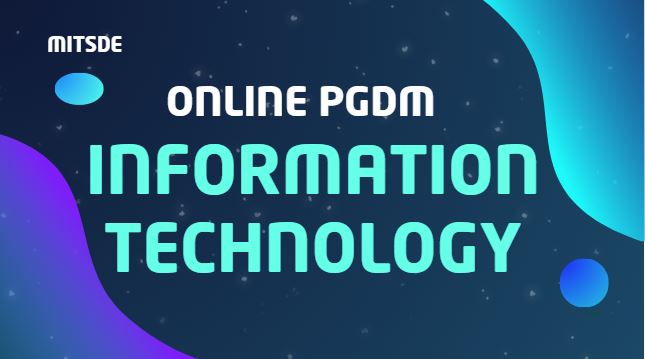Introduction
IT project rollouts can be complex and challenging, but they are essential for businesses of all sizes. A well-executed rollout can help to ensure that new systems and processes are adopted smoothly and efficiently. They minimise disruption to business operations and maximise the benefits of the investment.
However, IT project rollouts can also be filled with risks. Poor planning, communication and execution can lead to delays, cost overruns and user discontent. To avoid this, it is important to have a clear and well-defined rollout strategy in place.
Key project strategies for effective IT project rollouts
Develop a clear and comprehensive rollout plan
The first step in any successful IT project rollout is to develop a clear and comprehensive plan. This plan should outline the following:
- The goals and objectives of the rollout
- The specific steps that will be taken to implement the new system or process
- The timeline for the rollout
- The resources that will be required
- The communication and change management plan
It is important to involve all relevant stakeholders in the development of the rollout plan. This will help to ensure that everyone is on the same page and that the plan is feasible and realistic.
Engage with users early and often
User engagement is important for the success of any IT project rollout. It is important to start engaging with users early in the planning process and to continue to engage with them throughout the rollout.
This will help to ensure that users understand the benefits of the new system or process. They need to be prepared for the changes that it will bring.
There are a number of ways to engage with users, such as through surveys, focus groups and workshops. It is also important to provide users with regular updates on the progress of the rollout and to answer any questions or concerns that they may have.
Communicate effectively throughout the rollout
Communication is key to the success of any IT project rollout. It is important to communicate effectively with all stakeholders throughout the rollout process. This includes users, management and other departments that may be affected by the change.
Communication should be clear, concise and regular. It should also be tailored to the specific audience.
For example, users may need more detailed information about how to use the new system, while management may be more interested in the overall progress of the rollout and its impact on the business.
Manage change effectively
IT project rollouts can often involve significant change. This can be disruptive for users and can lead to resistance.
It is important to have a clear change management plan in place to manage change effectively This plan should outline the steps that will be taken to prepare users for change and to support them through the transition process.
The change management plan should also include a process for collecting feedback from users and responding to their concerns.
Test thoroughly before rollout
It is important to test the new system or process thoroughly before rolling it out to users. This will help to identify any potential problems and to ensure that the system is working as expected.
Testing should be conducted by both the IT team and the users. This will help to ensure that the system is easy to use and meets the needs of users.
Provide support to users after the rollout
Once the new system or process has been rolled out, it is important to provide support to users. This may include providing training, documentation, and a help desk.
It is also important to monitor the performance of the new system and to make any necessary adjustments.
How PGDM IT can help learners manage IT project rollouts successfully
The online PGDM IT course from MIT School of Distance Education is a comprehensive program that covers all aspects of IT management, including IT project management.
Post Graduate Diploma in IT Management provides learners with the skills and knowledge they need to plan, execute and monitor IT projects successfully.
This AICTE-approved top PGDM in Information Technology Management course also covers important topics such as change management, risk management and communication.
Learners who complete the PGDM IT course will be well-positioned to manage IT project rollouts successfully.
Conclusion
IT project rollouts can be complex and challenging, but they are essential for businesses of all sizes. By following the key project strategies discussed in this blog post, learners can minimize the risks and increase the chances of a successful rollout.
Learners who are interested in developing the skills and knowledge they need to manage IT project rollouts successfully must enrol for the online PGDM IT course from MIT School of Distance Education.


